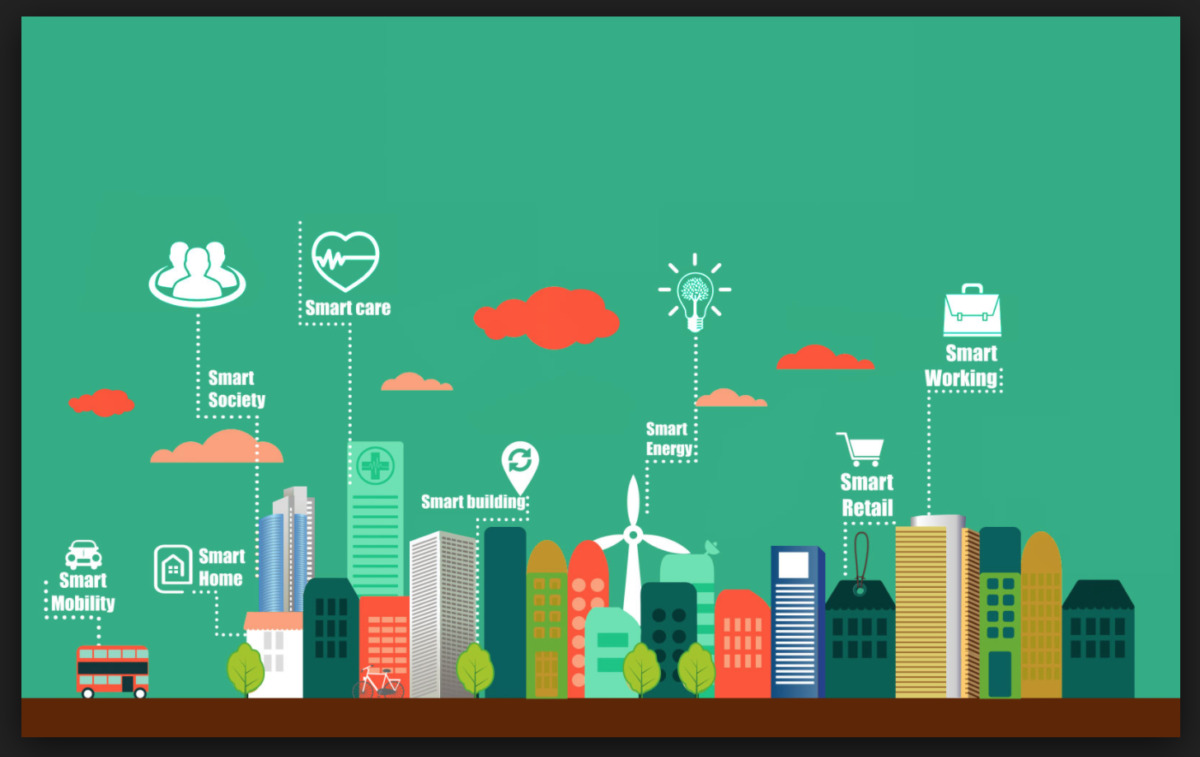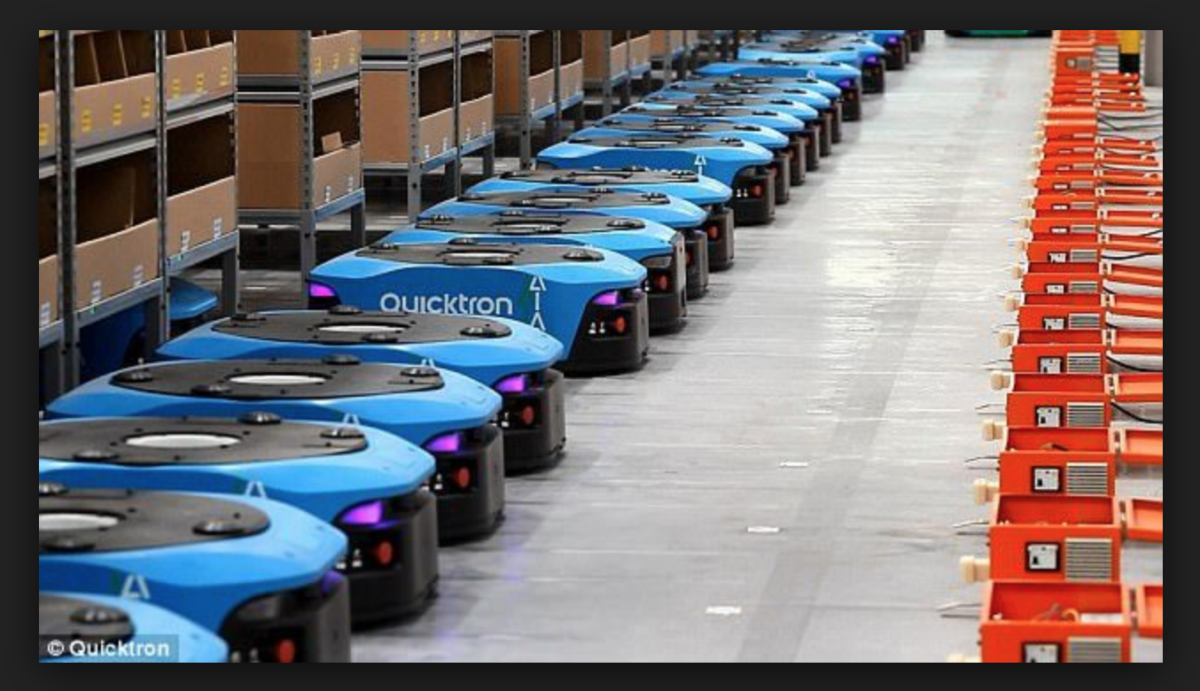Currently smart cities are getting more and more popular than ever. Climate change and urbanization are two important reasons why the ‘smart city’ idea raises. (Brandt et al, 2016) We could define a smart city as; a city using smart computing technologies to make the critical infrastructure components and services of a city – which include city administration, education, healthcare, public safety, real estate, transportation and utilities – more intelligent, interconnected and efficient. (Sindhu & Washburn, 2010) People are getting more interacted with this idea and are also willing to participate in these kind of initiatives. A good example is the BuitenBeter application. This is a Dutch application founded in 2010, in order to improve the communication between citizens and municipalities (BuitenBeter, 2017). Nowadays citizens can send complaints and notes with pictures to the municipality about their problem, such as garbages thrown on the street. The citizen takes a picture, sends the location and the municipality will come and fix it. This is just a simple example of the smart city idea.
Municipalities and governments are getting more and more conscious about the benefits of information technology that can be used in their cities. Besides that, the sharing economy is also rising up in the last years.
Most of the municipalities use the ‘Smart city initiatives framework’ to check whether their initiative will fit in this framework and if it will be a successful initiative. (Chourabi et al., 2012) Organization, policy and technology are highly influential inner factors in the smart city initiative. People communities, economy, built infrastructure, natural environment and governance are a set of outer factors that play a role. Municipalities and governments need to consider about these factors before starting with a new initiative.

A pretty nice example that fits in this Smart city framework is the Studentcar rental example. They use IT to make sure that students can find and rent their cars and they provide their cars to share it with other people. (Studentcar, 2017) In this way they are contributing in the transportation of people within Rotterdam. I think that this is the very first step to a bigger sharing economy in innovative cities. Nowadays we also see other initiatives to share commonly used things like bicycles (Swapfiets), Wi-Fi (Fon) etc. So there are enough smart city initiatives, but not enough contributors. Personally I think that the main reason behind this low participation is that it is not known by everyone yet and there is a lack of trustworthiness. But these are problems that will be solved by time. What are your ideas, thoughts or experiences about smart cities?
References
Brandt, T., Donnellan, B., Ketter, W., & Watson, R. T. (2016). Information Systems and Smarter Cities: Towards an Integrative Framework and a Research Agenda for the Discipline. In AIS Pre-ICIS Workshop-ISCA 2016.
Chourabi, H., Nam, T., Walker, S., Gil-Garcia, J. R., Mellouli, S., Nahon, K., Pardo, T. A., and Scholl, H. J. 2012. “Understanding Smart Cities: An Integrative Framework,” in Proceedings of the 45th Hawaii International Conference on System Sciences, IEEE, pp. 2289–2297.
Washburn, D., Sindhu, U., Balaouras, S., Dines, R. A., Hayes, N., & Nelson, L. E. (2009). Helping CIOs understand “smart city” initiatives. Growth, 17(2), 1-17.
Anonymous (2017) Over BuitenBeter, retrieved from BuitenBeter: http://www.buitenbeter.nl/over-buitenbeter
Anonymous (2017) Zo werkt het, retrieved from Studentcar: http://www.studentcar.nl/inschrijven/


